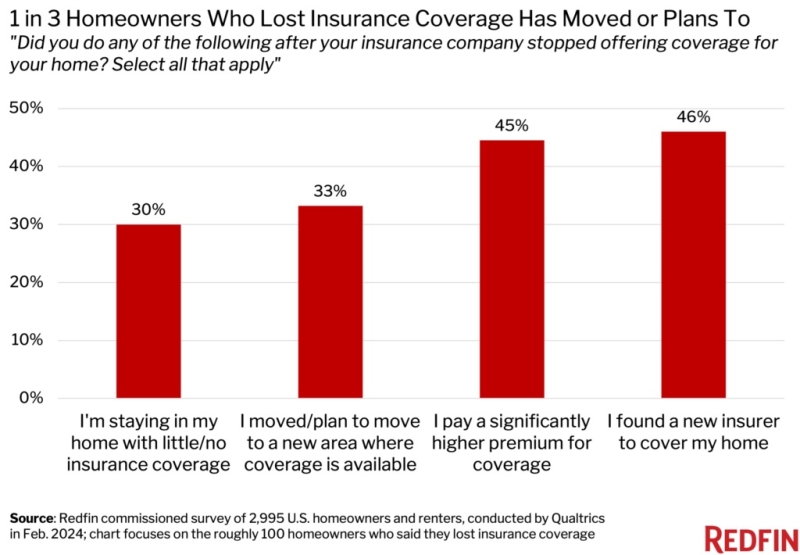The Basics of Commercial Mortgage Underwriting

As a commercial mortgage underwriter, broker and lender with more than 30 years of experience, I am constantly asked by residential lenders and brokers to explain the mechanics of commercial mortgage underwriting. Residential lenders are accustomed to asking about a borrower’s income, credit, net worth, liquidity and debt-to-income ratio. Commercial lenders ask those same questions, but also need to understand the cash flow of the underlying commercial property. There are various mathematical calculations that are employed in this cash flow analysis.
I will define and attempt to explain these calculations in a logical sequence, as follows:
►Potential gross income: This represents the maximum income to be realized from the property. For example, let’s say that a borrower owns a 10-unit apartment building with average rents of $1,000/month. The potential gross income would be $120,000/year (10 apartments x $1,000 x 12 months). This $120,000 doesn’t tell us enough yet, but it is our starting point.
►Operating expenses: Every building has expenses, including real estate taxes, insurance, utilities, maintenance and repairs, garbage, landscaping, etc. These operating expenses need to be reviewed carefully as many sellers, owners and real estate agents often understate actual expenses when selling a property.
►Underwritten expenses: There are certain expenses that are always overlooked by sellers and brokers, but assumed by underwriters. These include vacancy factor, management fees, repair allowances, tenant improvements and leasing commissions. Underwriters will assign a vacancy factor (say five percent) to allow for lost rents during tenant move-outs and tenant move-ins. Management fees are required (again, say five percent) to pay for management duties even if performed by the owner. Repair allowances cover unforeseen expenses and building repair for non-regular events such as a new roof or new boiler. These events do not occur annually, but must be budgeted. Commercial properties, such as retail and office buildings, might also require tenant improvements to lure a new tenant and leasing commissions to a real estate broker. All of these expenses will be estimated by the underwriter.
►Net operating income: The operating expenses and underwritten expenses will be subtracted from the potential gross income to generate what is known as the net operating income. This is the building’s net profit before debt service, or mortgage payments.
►Annual debt service: This represents the total annual payments for the existing or proposed mortgage. For example, if the monthly mortgage payment is $2,000, we say that the annual debt service is $24,000. The debt service needs to be adequately covered by the net operating income. This concept is explained next.
►Debt service coverage ratio: This is the first of two main ratios considered by a commercial mortgage underwriter. The debt service coverage ratio (DSCR) is calculated by dividing the net operating income by the annual debt service. As an example, say a building has a net operating income of $125,000 and proposed annual debt service is $100,000. In this example, the DSCR is 1.25 ($125,000 divided by $100,000). A number above 1.00 means that the property operates in the black. A number equal to 1.00 means the property breaks even. A number below 1.00 means that a property operates in the red. Most underwriters look for a DSCR of 1.25 or better. If the number is lower, a reduction in the loan amount would be necessary.
►Capitalization rate (Cap Rate): The cap rate is the rate of return that an investor expects to realize on his cash. If you deposit money in a bank CD paying one percent interest, you can say that the cap rate is one. A real estate investor typically seeks a return of five to eight percent. The cap rate helps an underwriter determine the value of a commercial property. This concept is explained next.
►Property value (Income Capitalization Method): Above we discussed a building with a net operating income of $125,000. That means that the building generates $125,000 of cash flow (before the mortgage). If an investor wanted a cap rate of eight percent, that building would be valued at $1,562,000 ($125,000 divided by 0.08 equals $1,562,000). If a different investor was willing to accept a cap rate of five percent, the same building would be worth $2,500,000 ($125,000 divided by 0.05 equals $2,500,000). As you can see, the higher the cap rate used, the lower the value. The lower the cap rate, the higher the value. A professional appraiser will know the appropriate cap rate in the given market for the given property type. To recap, the value of the building will be determined by the net operating income and the cap rate used.
►Loan-to-value ratio (LTV): The second main ratio used by a commercial mortgage underwriter is the loan-to-value ratio. This is much simpler to calculate and is similar to a residential loan. Once the value is determined (usually by the income capitalization method), the lender multiplies by the LTV to determine the maximum loan. As an example, if a lender has a maximum LTV of 75 percent, and the property is worth $2 million, the maximum loan (based on the LTV method) would be $1.5 million. The maximum loan using the LTV method might be higher or lower than the maximum loan available using the DSCR method explained above. The underwriter will calculate both and usually cap the loan amount at the lower of the two ratios.
As you can see, there is a fair amount of basic arithmetic employed when analyzing a commercial mortgage loan request. A borrower should familiarize himself with these calculations prior to submitting a loan application to a lender, or submitting a purchase offer to a seller or broker.

Stephen A. Sobin is president and founder of Select Commercial Funding LLC, a nationwide commercial mortgage brokerage company. He is an industry veteran with more than 30 years of mortgage lending experience, and is also a founding member of the InterCapital Group, a nationwide alliance of commercial mortgage professionals. Stephen may be reached by e-mail at [email protected].
This article originally appeared in the December 2016 print edition of National Mortgage Professional Magazine.





